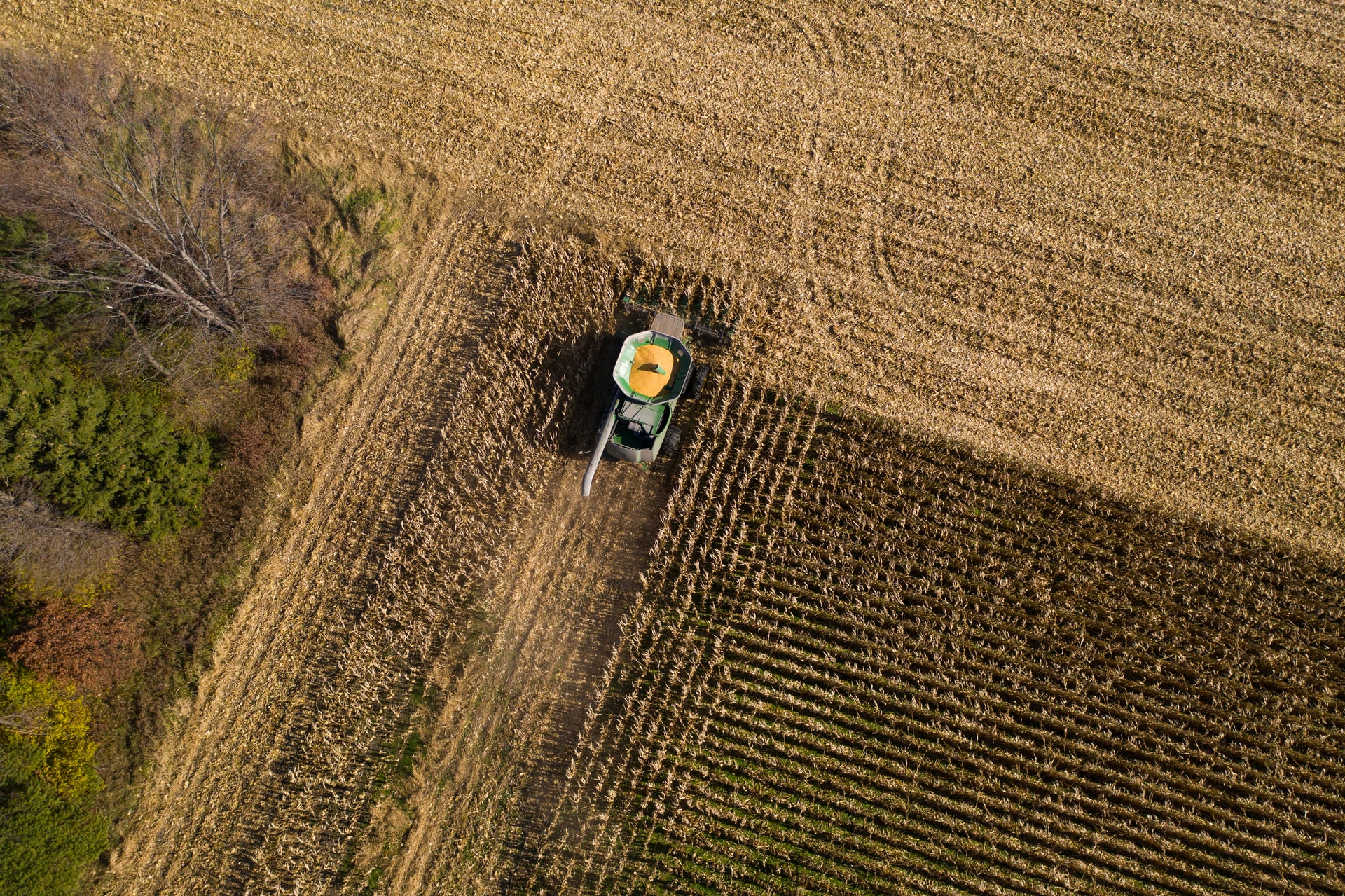Agricultural commodity futures, as well as prices for beef and poultry, have been steadily climbing this year and may be ready for another leg up. Higher costs of production and weaker harvests in the agriculture industry have kept commodities elevated, while meat prices have shown no signs of slowing and could continue driving grocery bills higher through 2022.
In addition, a recent cyberattack at one of the United States’ largest farming organizations is poised to slow down production of some crops, just as the industry nears the fall harvest. Similar to the JBS cyberattack back in June that temporarily left the wholesale cost of meat unknown, the hack could have lasting impacts and, in turn, push rates of food inflation even higher across the country.
Related ETFs: First Trust NASDAQ Cybersecurity ETF (CIBR), Invesco DB Agriculture Fund (DBA)
Agricultural Commodities and Meat Prices Rise on Supply Struggles
Agricultural commodity markets continue to deal with supply-side headwinds, primarily adverse weather events and climate change, leading to poorer crop quality and weaker harvests, keeping those crops’ futures contracts elevated. Similarly, meat prices have been rising this year due to supply struggles and industry-wide consolidation, leading to significant food inflation that is unlikely to subside this year.
MRP recently provided an update on our LONG Agricultural Commodities theme, noting that drought in the US West has continued to spread into the Midwest, stoking fears that crop prices will remain elevated with no end in sight.
A US government report noted on Tuesday that precipitation levels in the Southwest are at their lowest level since 1895 and that extremely dry conditions are likely to worsen unless steps to reverse climate trends are taken, per The Straits Times. Extreme conditions will lead to withering crops, empty fields and much less inventory as the fall harvest nears.
Further, The Economic Times recently found that farmers have been paying more for labor, equipment, seeds and, more recently, fertilizer. Urea prices, a popular nitrogen-based fertilizer, surged last month to the highest mark seen since 2012. If farmers were to cut back on fertilizer use due to elevated costs, crops including corn, soybeans and grains are the most likely to be affected.
Rising fertilizer prices are also expected to hit meat markets, since fertilizer is a necessary additive in the production of corn used to feed cattle and chicken. Throughout the year, meat prices have been on a similar uptrend, increasing the grocery bills of both consumers and restaurants alike.
NPR recently wrote that beef prices have jumped 12.2% year-over-year in August, while pork rose 9.8% and chicken prices leapt 7.2% over that same period. The meat industry has also been battling shortages in labor and equipment, but one of the key factors driving prices higher is a significant amount of consolidation in the sector.
According to National Hog Farmer, 82% of the beef packing industry is controlled by four companies, including Tyson Foods and JBS SA, compared to just 25% back in 1977. While consumers and restaurants are paying more for their food, those meatpacking companies have been able to rake in record profits due to the higher price tags.
Cybersecurity Concerns Likely to Worsen Food Inflation
According to a United Nations report, highlighted by Fortune, food prices across the globe are nearing the highest level in a decade. Relentless supply side disruptions in both the agricultural commodity and meat markets are the root causes and are expected to keep food inflation rising into next year.
However, cybersecurity has unexpectedly become…
To read the complete Market Insight, current clients SIGN IN HERE For a free trial, or to subscribe and become an MRP client today, START A FREE TRIAL Once you’re logged in, you’ll also gain access to:










